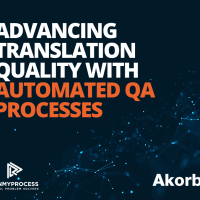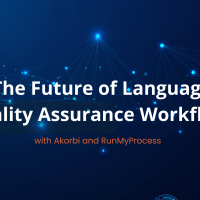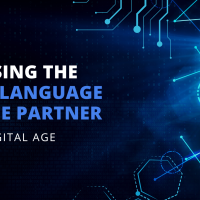Data that has already been tagged with a specific label or set of labels., oftentimes used if you’re looking for specific insights related to pre-defined categories.

Why Multilingual Data Labeling is Essential for AI-Based Systems
As AI technology becomes more and more advanced, it is no surprise that people are utilizing its capabilities for various applications. From healthcare to retail to consumer products, AI can bring immense value to any organization. However, a key factor in the success of any AI-based system is data labeling.
What is Data Labeling?
Data labeling is the process of categorizing and organizing data in order to make it machine readable. This allows machines to identify patterns, trends, and relationships in data that would otherwise go unnoticed. By doing so, AI can make more accurate predictions and decisions. Data labeling plays a crucial role in the success of AI-based systems, and organizations must make sure they have the right protocols in place to ensure accurate data labeling. With proper data labeling techniques, AI can bring a wealth of new opportunities to any business. It is important to understand the importance of data labeling and how it can drive success when utilizing AI.

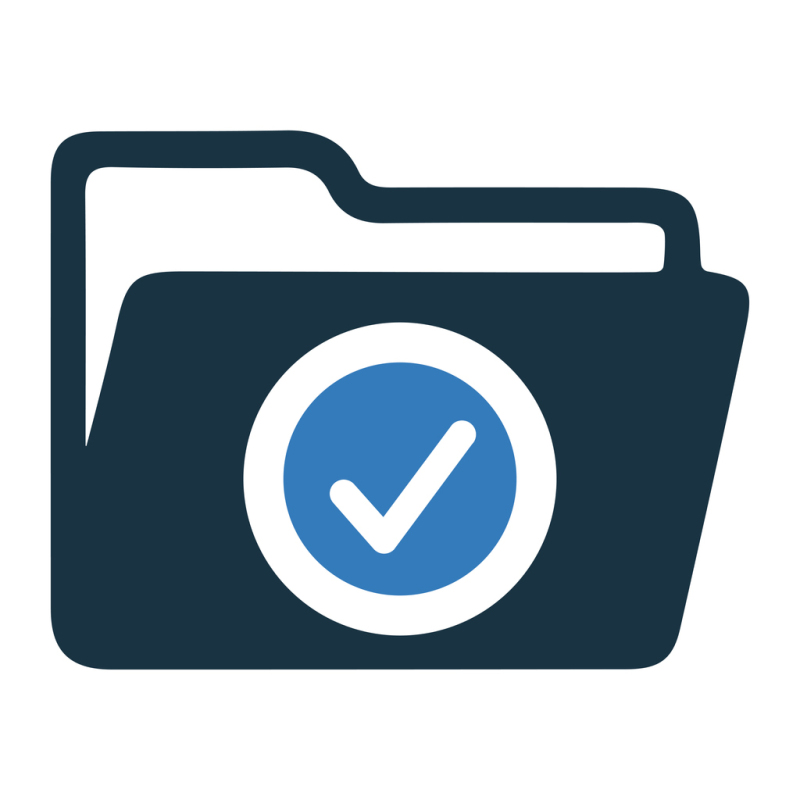
Multilingual Data Labeling and Machine Learning
Data labeling is a crucial part of machine translation, as it helps teach the software how to correctly interpret language. For example, if you label a certain phrase as “greeting”, the machine translation software will know to translate it in an appropriate way. This helps ensure that the machine translation is accurate and effective. Data labeling also helps the software learn how to make connections between words, allowing it to better recognize patterns of language. Additionally, data labeling helps the software to better understand context and pick up on nuances of language. All in all, data labeling is an important element in helping machines understand language, and is essential for producing quality machine translations. By providing the software with a set of labels, you can make sure your translations are as accurate and effective as possible.
Labeled vs. Unlabeled Data
Labeled and unlabeled data both play an integral role in the data labeling process. Labeled data provides machines with an accurate way to learn and classify similar types of data, while unlabeled data provides them with a range of new learning opportunities. Together, these two types of data allow machines to become even more accurate and efficient in labeling data and making decisions.
Labeled Data
Unlabeled Data
Untagged data that uses algorithms or machine learning techniques to discover patterns.
Our Security Protocols with Data Labeling
At our organization, we take data labeling security seriously. We have strict access controls, password encryption, and user restrictions in place to keep things locked down tight. Your privacy is a top priority, and we go the extra mile to ensure confidentiality and maintain our trusted reputation. To stay compliant with regulations, we've automated the labeling process, making it efficient and reducing the chances of mistakes. And for that extra peace of mind, we've got authentication and authorization procedures in place to add an extra layer of security to your sensitive data labeling.

How Akorbi can Help
Data labeling is key to getting the most out of your data. But without access to clean data and reliable contact centers, it can be difficult to accurately label your data. That’s where Akorbi can help. We have clean data from around the world and 40 different contact centers, making data labeling easier and more reliable. Plus, we work with a variety of industries, so you can trust that our data domains are vast enough to fit your needs. With Akorbi, you can be sure that your data is labeled accurately and efficiently.

Akorbi News
Get a behind-the-scenes look at Akorbi through our news stories, filled with the latest updates, industry trends, and in-depth features.

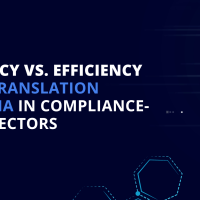
Akorbi Recognition
We strive to provide our clients with the highest-quality language services and game-changing technology, and we’re proud to share that our efforts have been recognized time and again.


ISO 13485:2016
Certification: ISO 13485:2016
Certification body: SRI
About ISO 13485: ISO 13485:2016 specifies requirements for a quality management system where an organization needs to demonstrate its ability to provide medical devices and related services that consistently meet customer and applicable regulatory requirements.

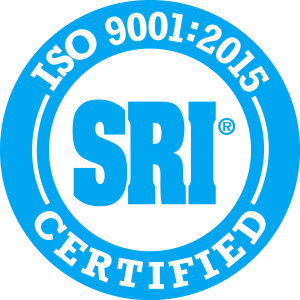
ISO 9001:2015
Certification: ISO 9001:2015
Certification body: SRI
About ISO 9001: ISO 9001:2015 specifies requirements for a quality management system.

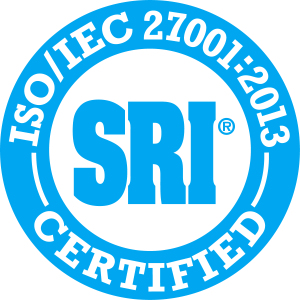
ISO 27001:2013
Certification: ISO 27001:2013
Certification body: SRI Quality System Registrar
About ISO 27001: ISO 27001 is the international standard for information security management system for continuing conformance to information security requirements. To know more about this standard, click Learn More below.


Dallas 100
For 30 years, the Caruth Institute for Entrepreneurship at the SMU Cox School of Business and the Dallas 100TM sponsors have celebrated the innovative spirit, determination and business savvy of area entrepreneurs. We have saluted the diversity, creativity and resolve it takes to create and sustain a successful business in today’s competitive environment.
Learn More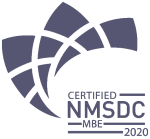
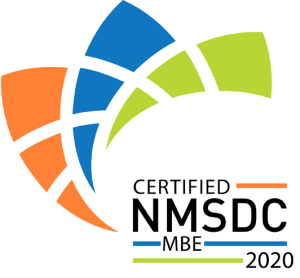
Minority Business Enterprise
Certification: MWBE Minority Business Enterprise
Certification body: State of Tennessee
Objective: Certified to perform business at the state of Tennessee level as a Minority Business Enterprise.


Proud Sponsors of Translators Without Borders
Translators without Borders is a nonprofit working toward a world without language barriers.
Learn More

CSA Research
Common Sense Advisory (CSA) Top 30 NA Language Service Providers Rankings:
- 2020
- Global: 29
- North America: 11

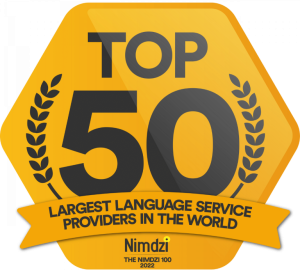
Nimdzi Insights
Nimdzi is a market research and international consulting company that works towards
providing clients with the insights needed to succeed on a global scale.
- 2018
- Global: 24
- North America: 12
- 2019
- Global: 36
- North America: 11
- 2020
- Global: 35
- North America: 12


Women Owned
Certification: Women-Owned Enterprise
Certification body: North Central Texas Regional Certification Agency
Objective: Certified to perform business at the local government level as a MWBE.

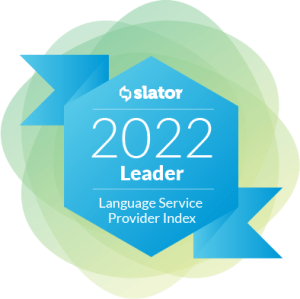
Slator LSP Index
The Slator 2020 Language Service Provider Index is a ranking and index of the world’s largest language service providers, translation agencies, localization providers, interpreting services providers, and language technology companies.
- 2018
- Global: 28
- North America: 13
- 2019
- Global: 27
- North America: 9
- 2020
- Global: 26
- North America: 10


50 Fastest Women-Owned / Led
Certification: Women-Owned Enterprise
Certification body: Women’s Business Enterprise National Council – Southwest
Objective: Certified to conduct business as a woman-owned business.


ISO 17100:2015
Certification: ISO 17100:2015
Certification body: SRI Quality System Registrar
About ISO 17100: ISO 17100 is the international standard for information security management system for continuing conformance to information security requirements. To know more about this standard, click Learn More below.

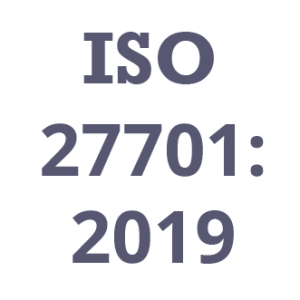
ISO 27701:2019
Certification: ISO 27701:2019
Certification body: SRI Quality System Registrar
About ISO 27701: ISO 27701 is the international standard for information security management system for continuing conformance to information security requirements. To know more about this standard, click Learn More below.
We Speak Over 170 Languages
Akorbi ensures that cultural differences never hinder communication. Our dedicated team is ready to facilitate your global interactions with unmatched precision. Connect with us today and let's navigate the world of languages together.
